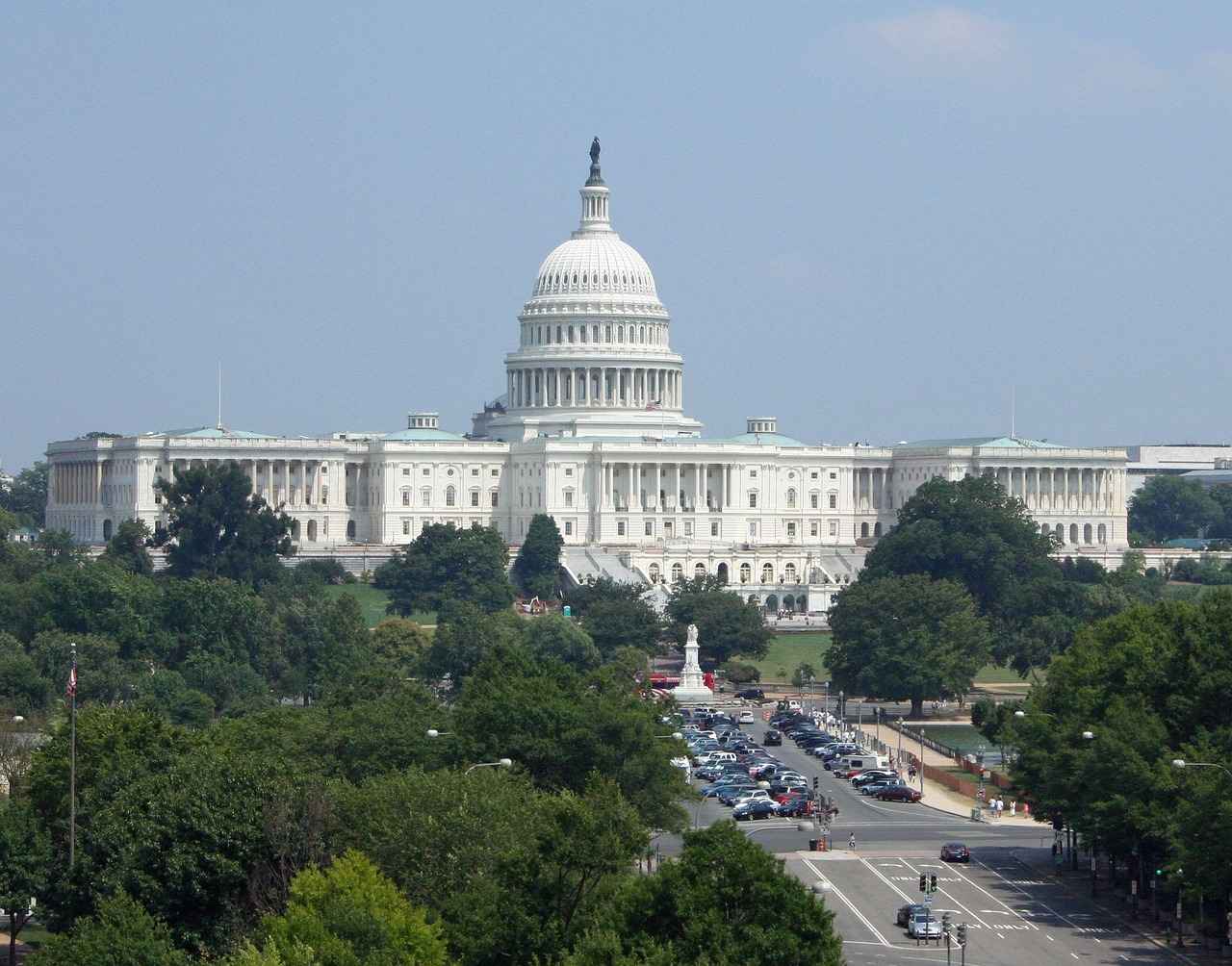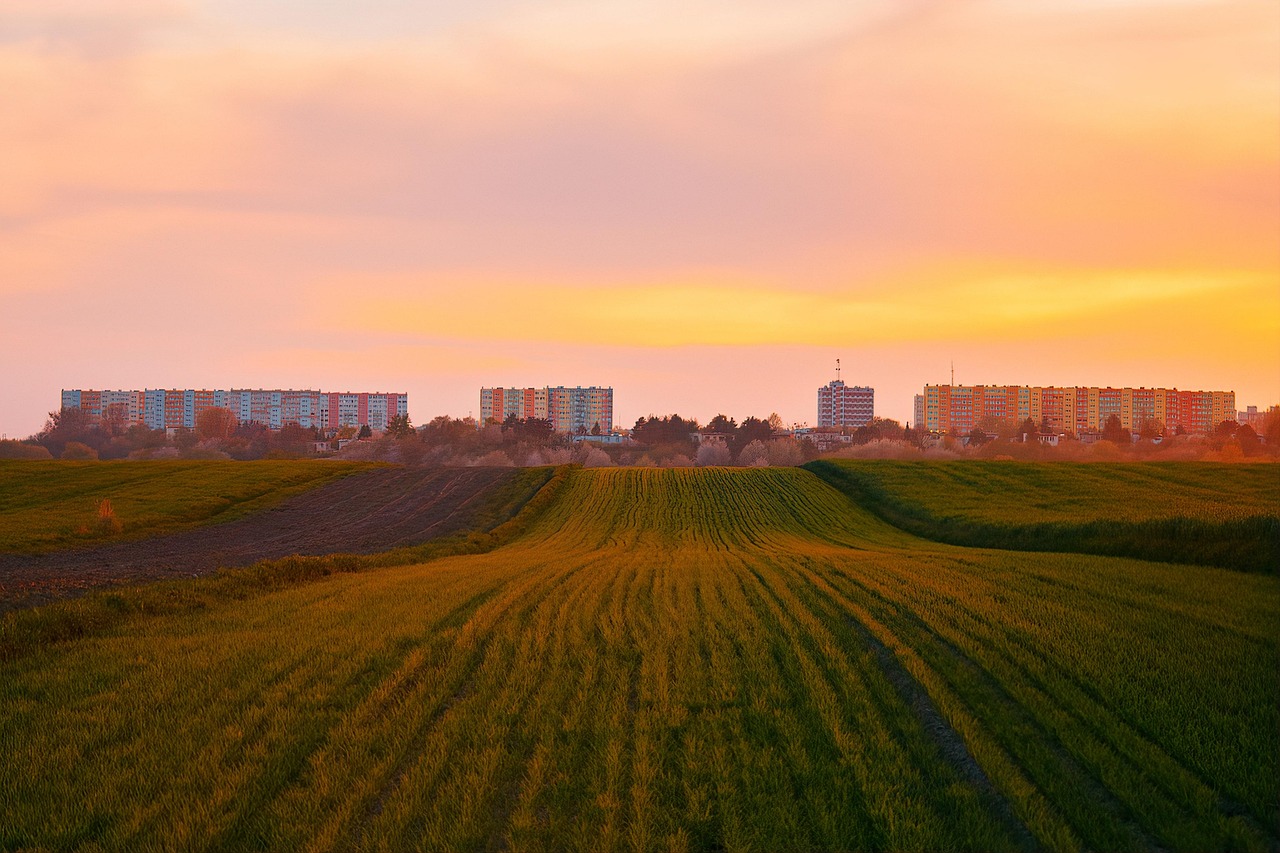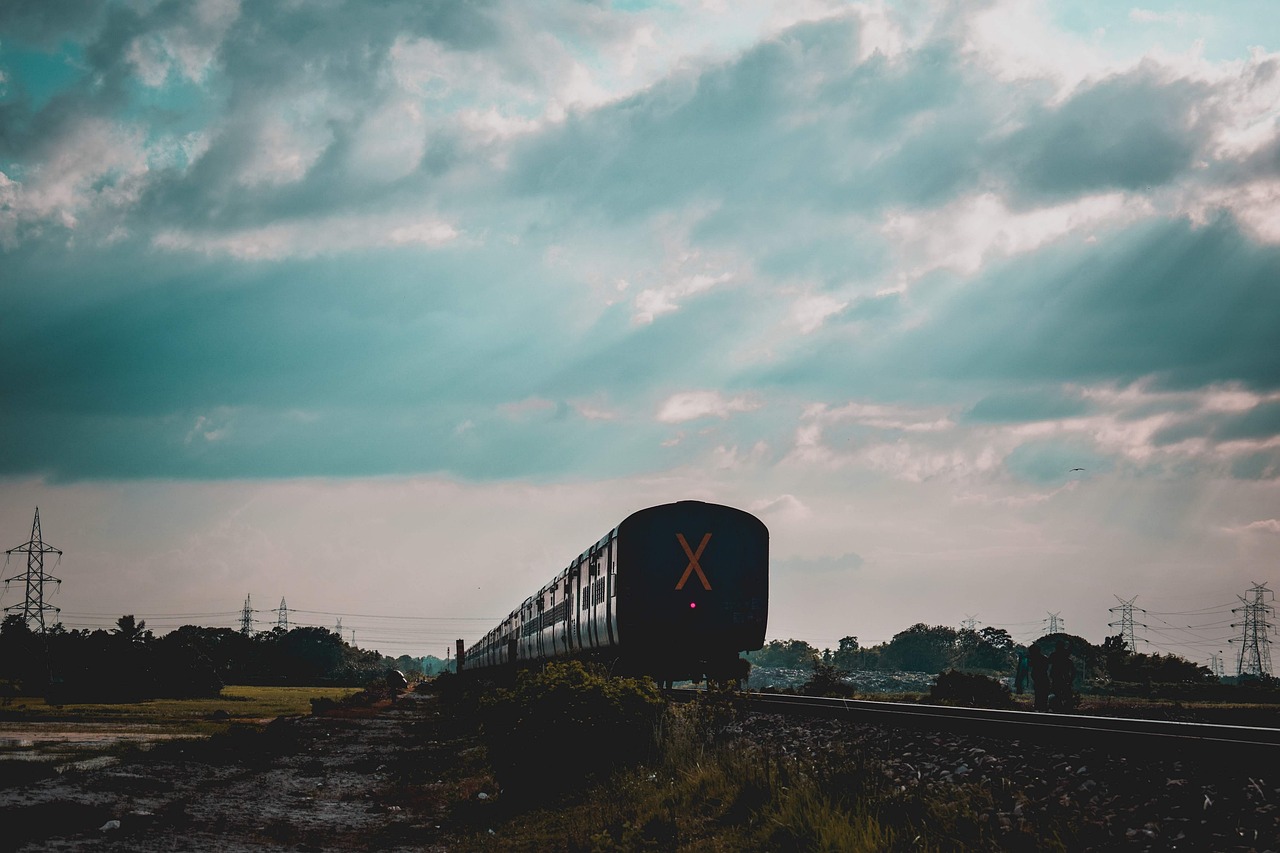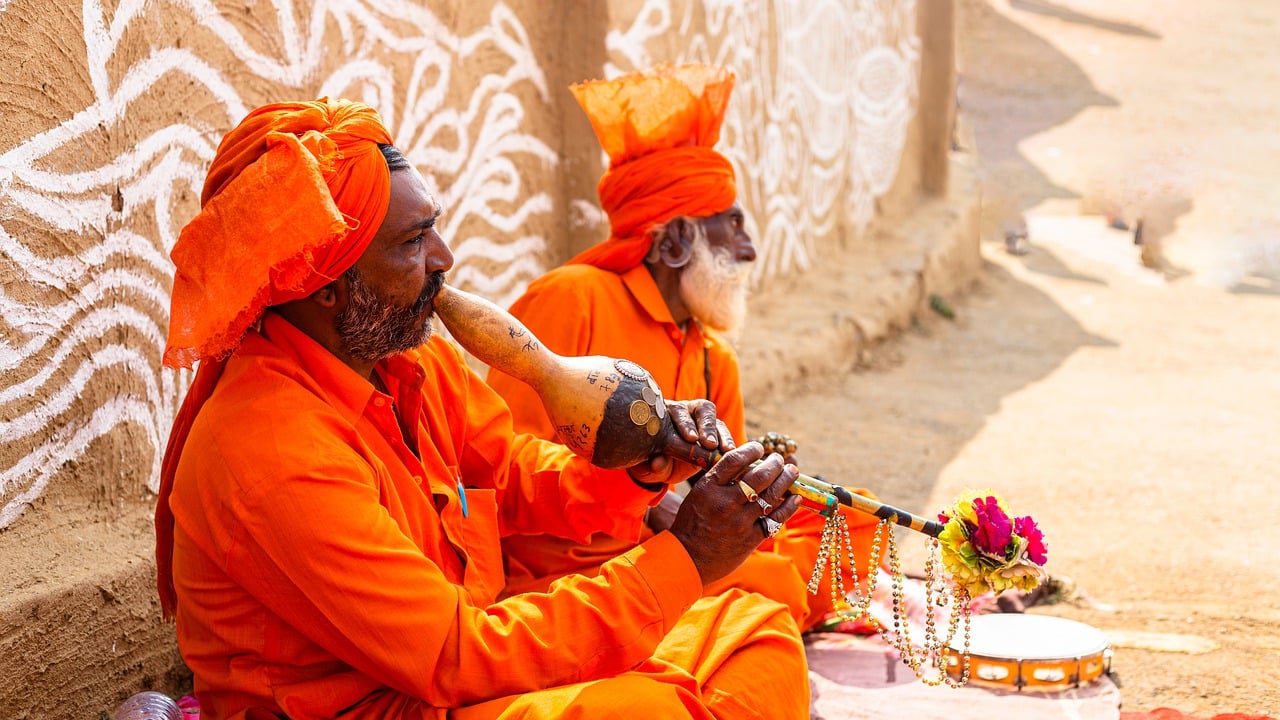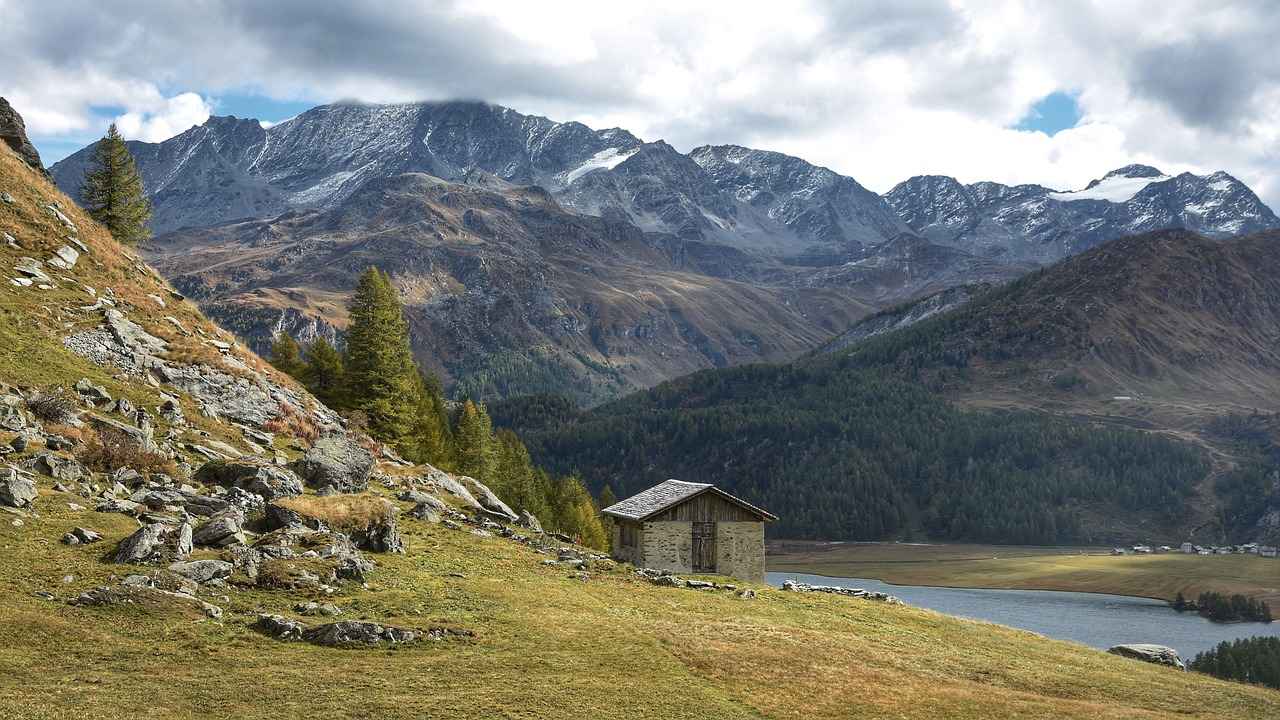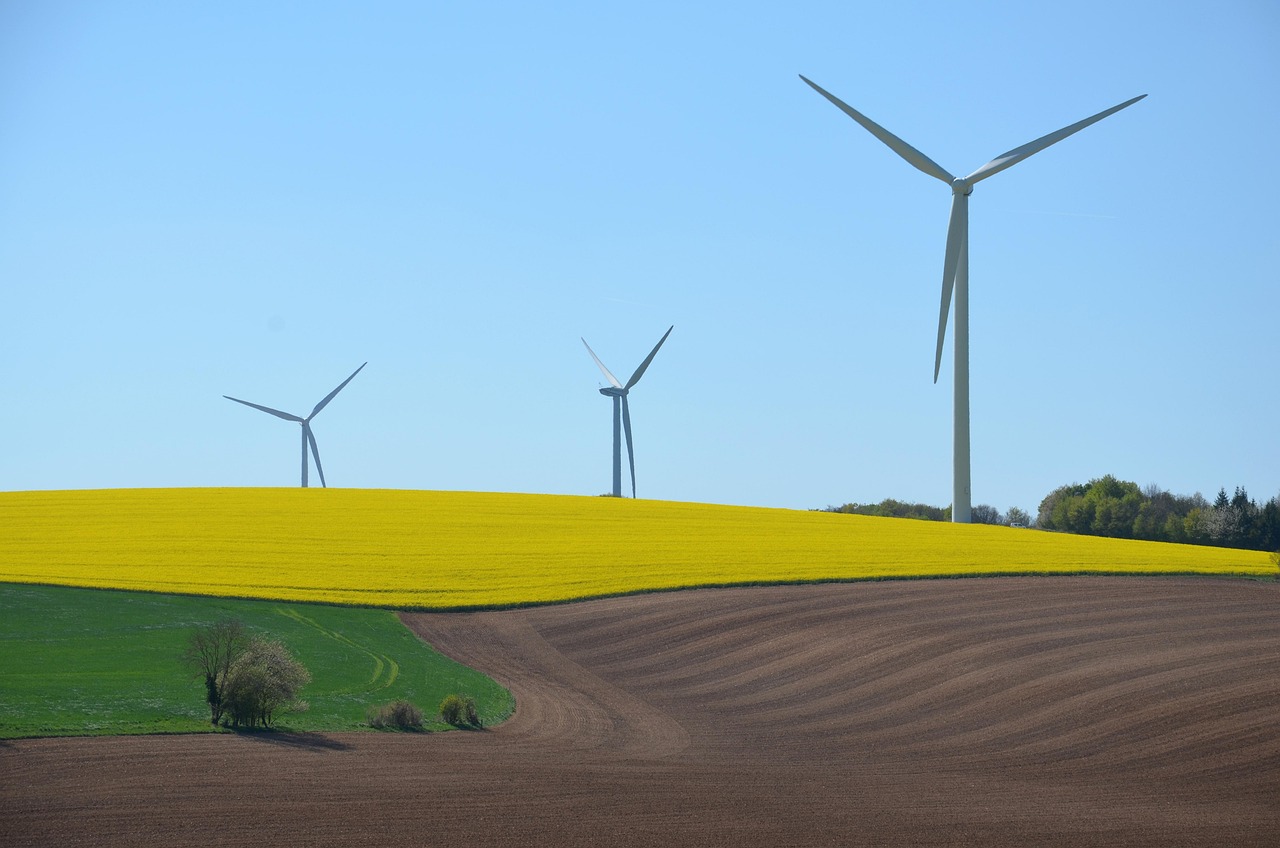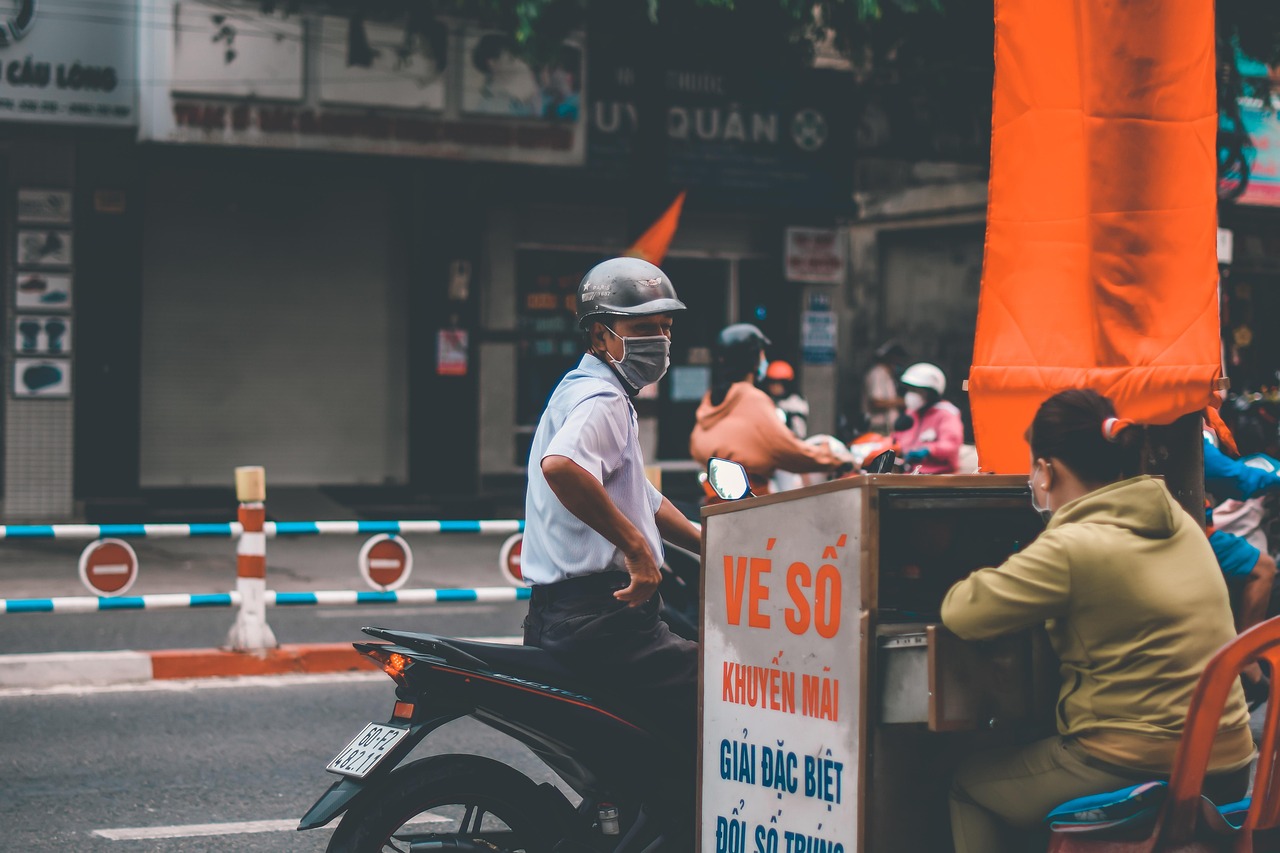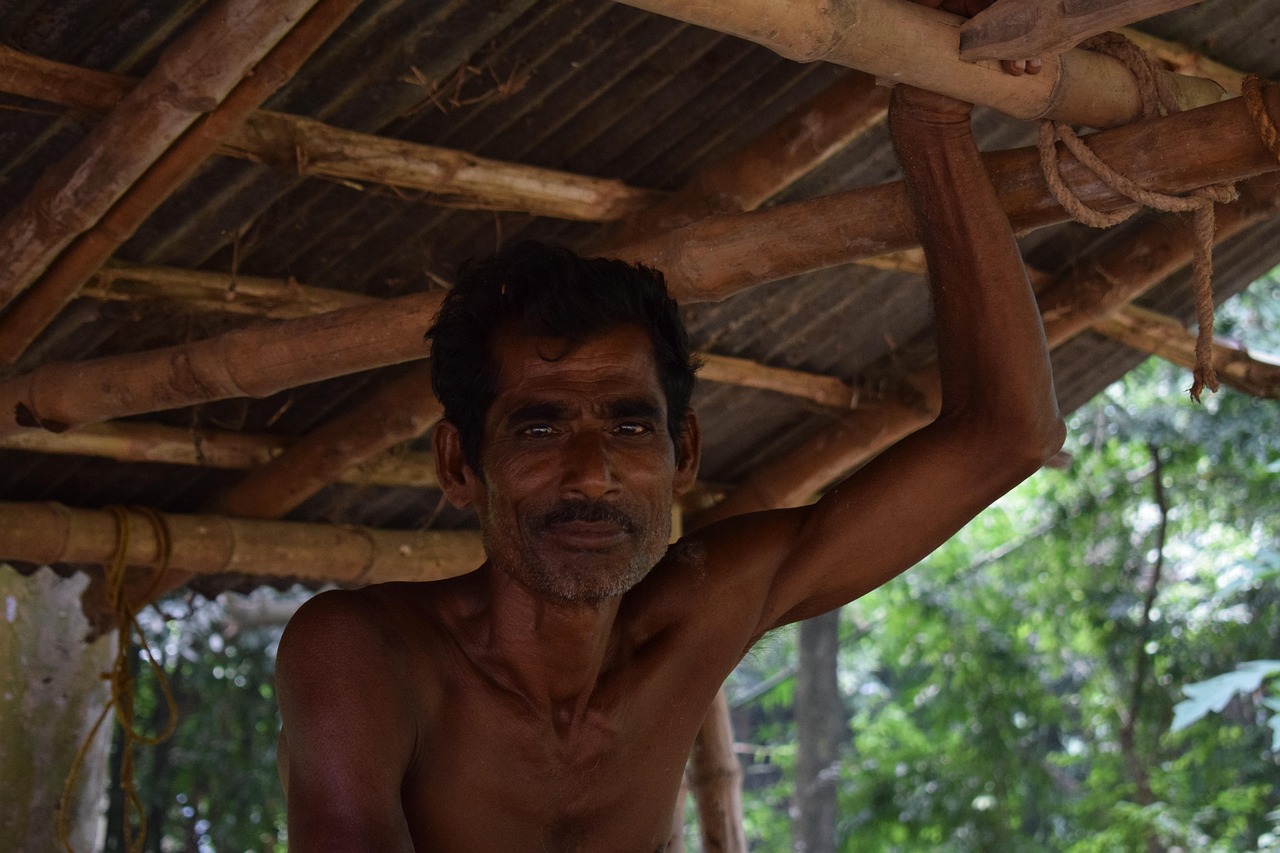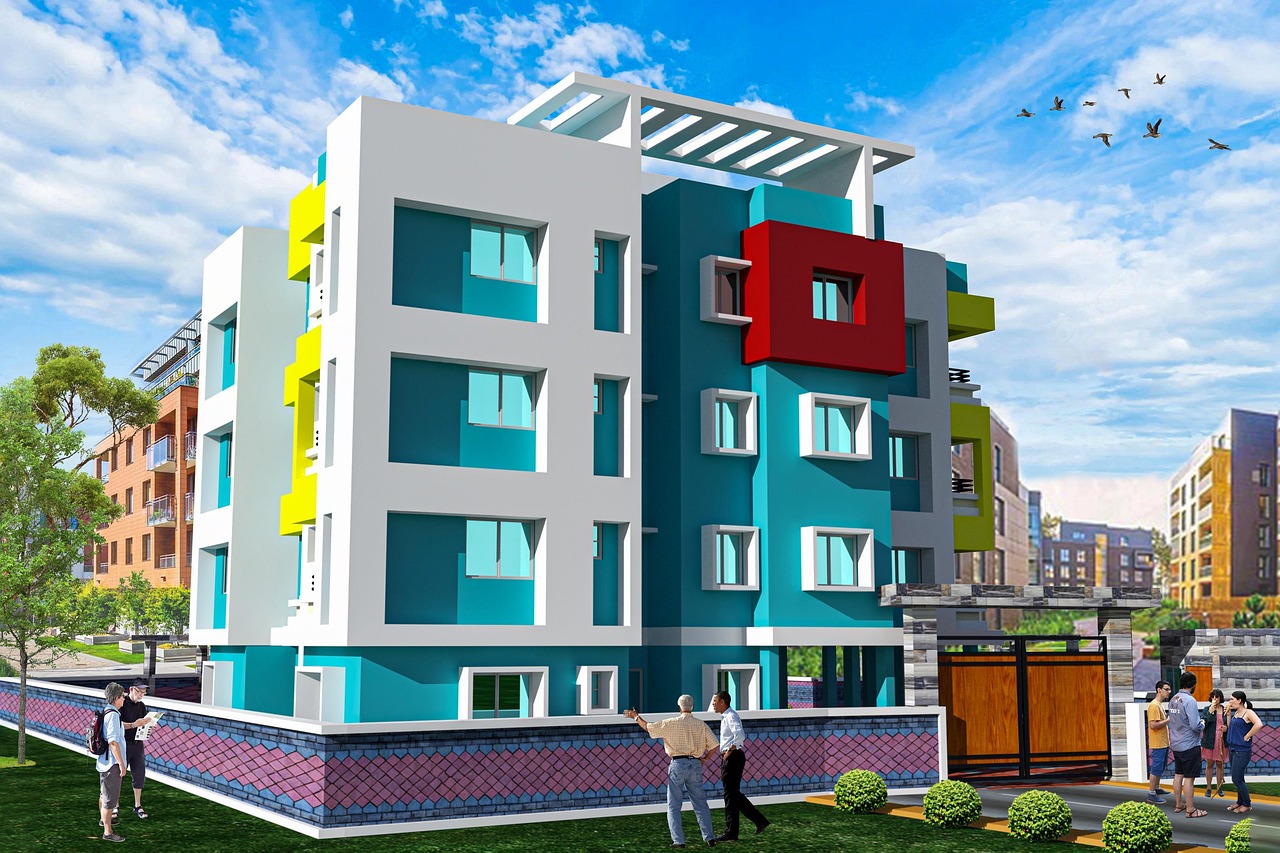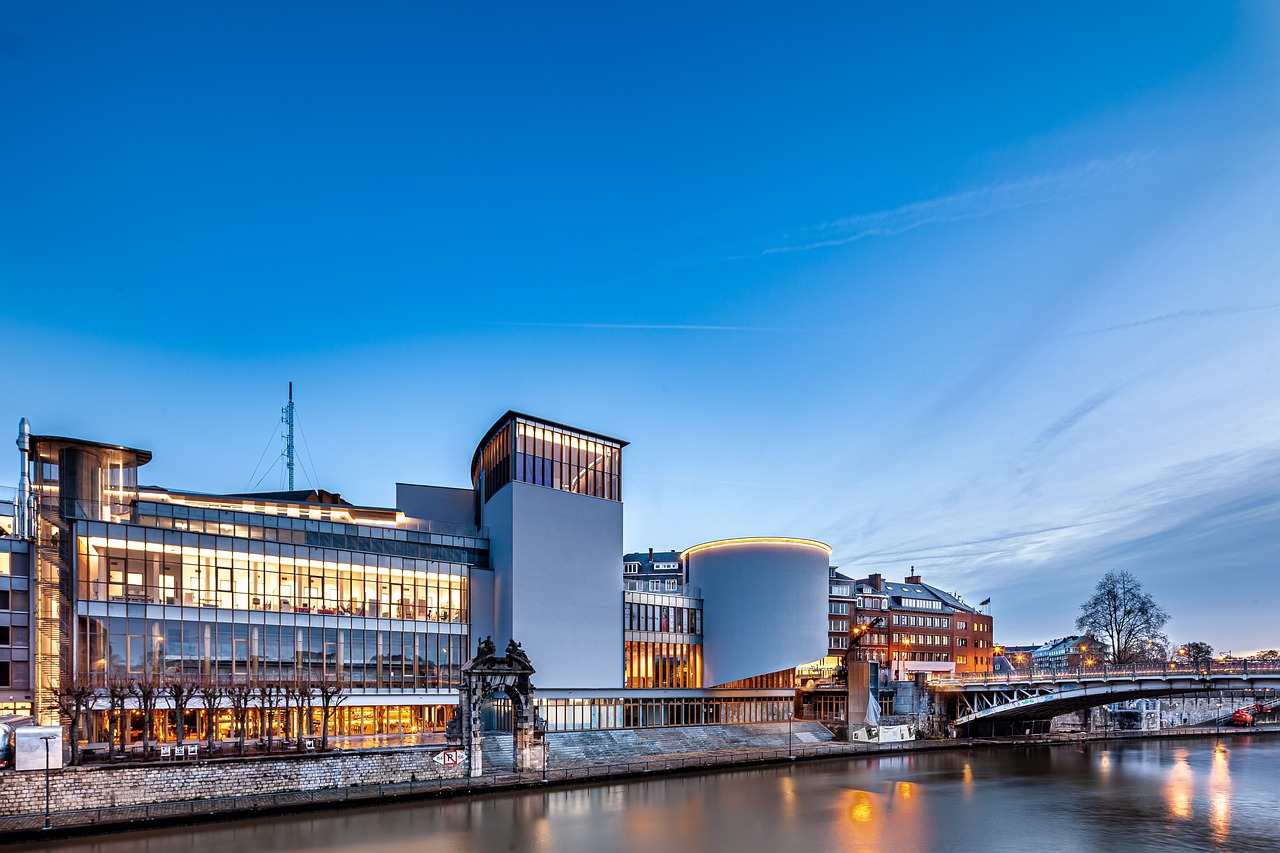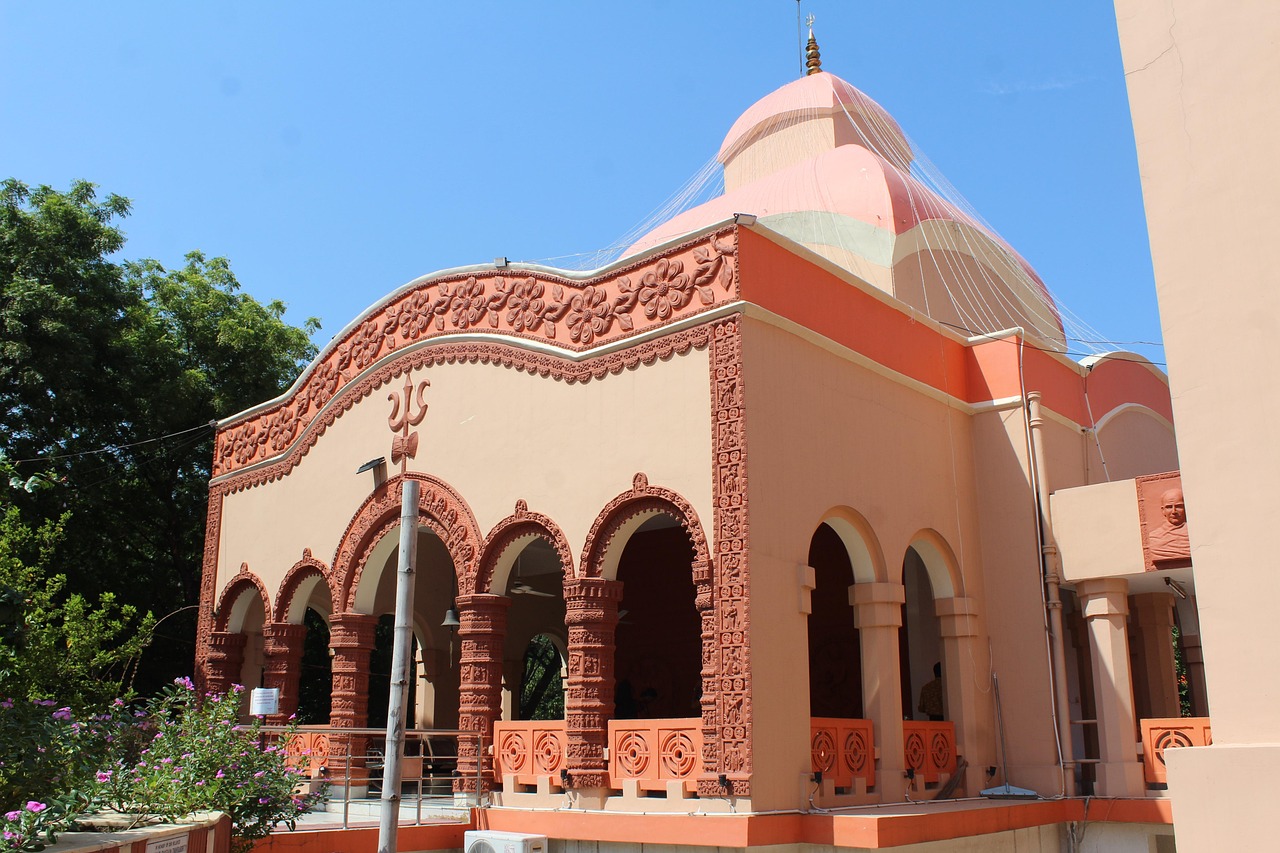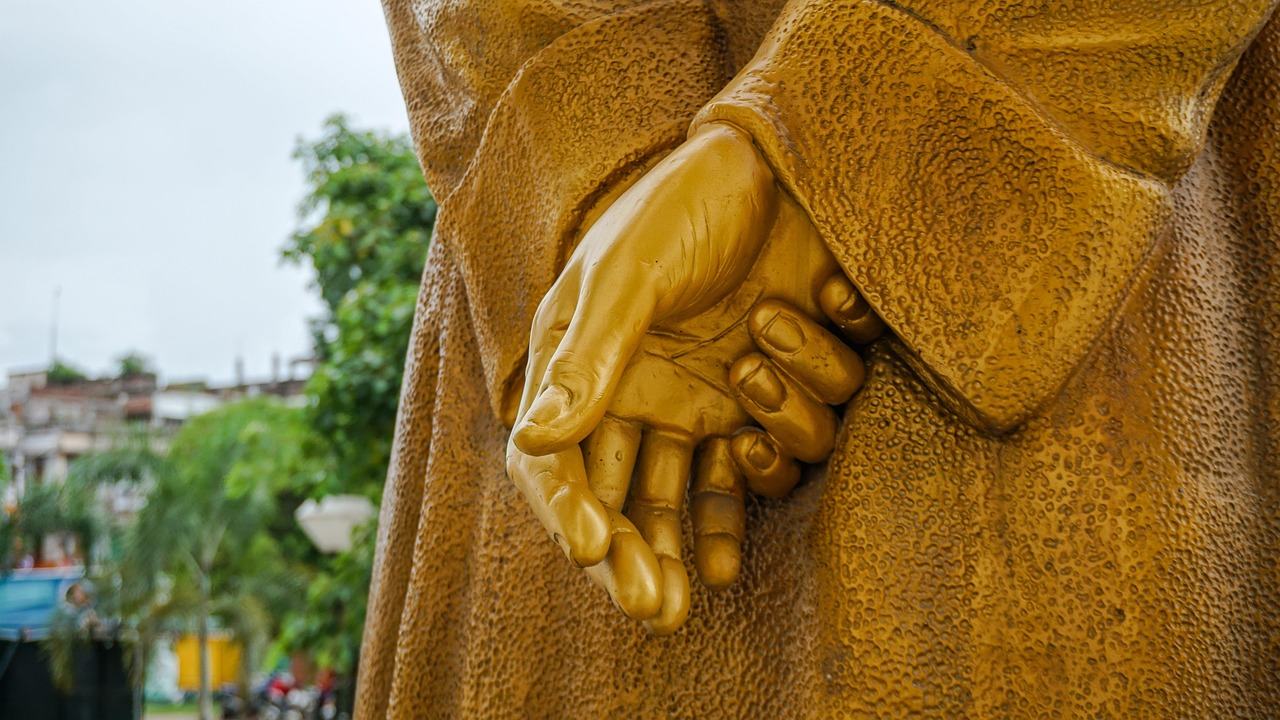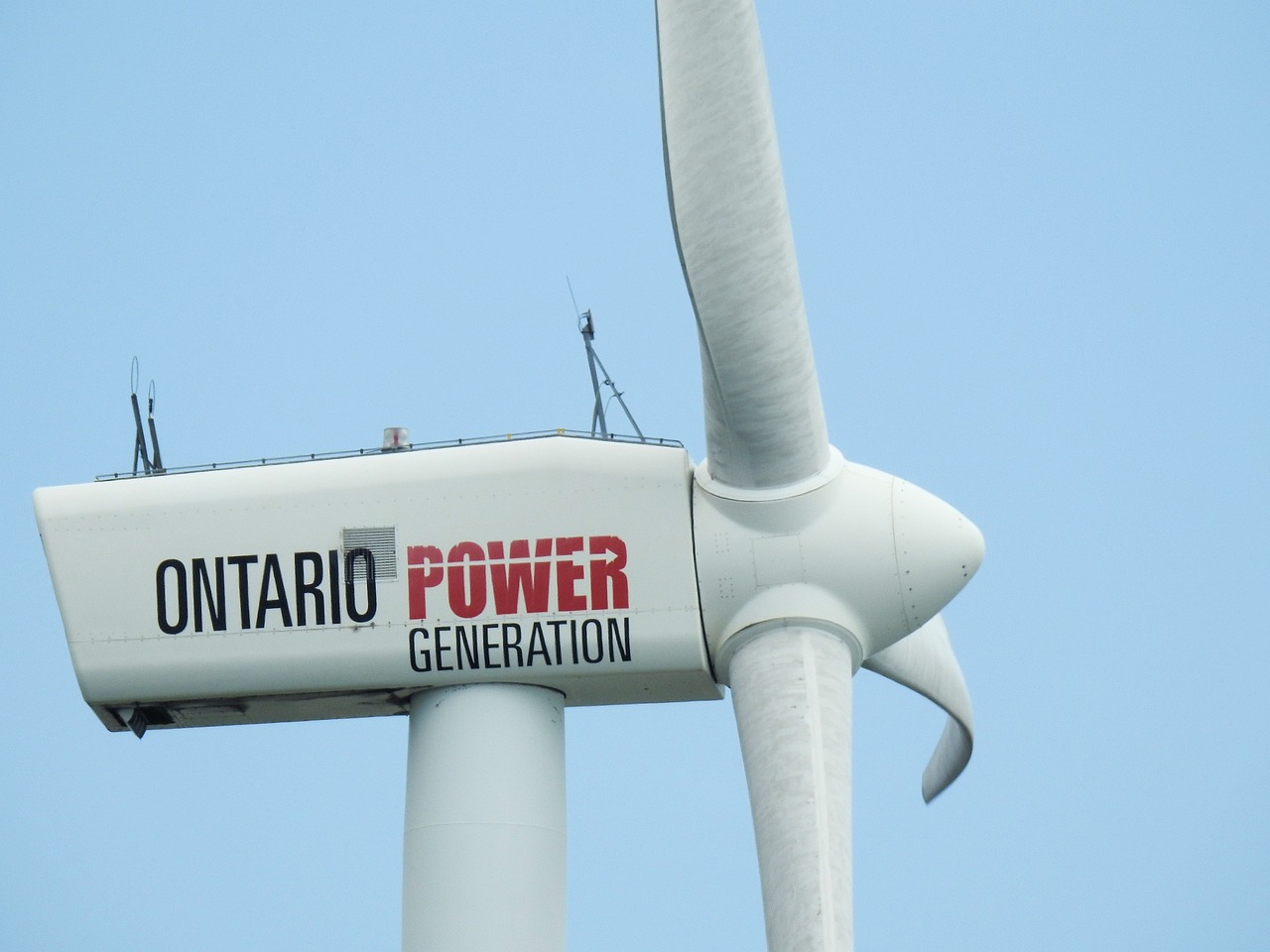This article delves into the evolving political landscape of West Bengal, highlighting the key factors that influence its dynamics, the historical context that shapes its present, and the implications for future governance and societal change.
The Historical Context of West Bengal Politics
West Bengal’s political history is intricate and multifaceted, molded by colonial legacies, independence movements, and significant socio-economic transformations. These factors have collectively influenced the state’s current political environment, creating a unique tapestry of governance.
Major Political Parties in West Bengal
- Trinamool Congress (TMC): Currently the ruling party, known for its grassroots approach.
- Communist Party of India (Marxist): A historic player that shaped policies for decades.
- Bharatiya Janata Party (BJP): An emerging force aiming to reshape the political discourse.
The Rise of Trinamool Congress
The TMC, under the leadership of Mamata Banerjee, has become a dominant force in West Bengal politics since 2011. Her governance style, characterized by populism and direct communication, has significantly impacted the state’s political fabric.
Mamata Banerjee’s Leadership Style
Banerjee’s leadership is marked by a grassroots approach, which has garnered her both support and criticism. Her ability to connect with the masses has played a pivotal role in her party’s success.
Key Policies and Initiatives
Under TMC’s administration, various welfare schemes and infrastructure projects have been initiated, aimed at enhancing the quality of life for citizens and stimulating economic growth.
The Emergence of BJP in West Bengal
The BJP has gained momentum in West Bengal, positioning itself as a formidable opposition party. Their electoral strategies focus on nationalism and development, leveraging social media to engage with voters.
Socio-Economic Factors Influencing Politics
Issues such as unemployment, education, and healthcare are critical in shaping political narratives. Understanding these socio-economic factors is essential to grasping the current political climate.
Conclusion
The future political landscape of West Bengal will likely be influenced by ongoing socio-economic changes, evolving electoral strategies, and the relationship between local and national politics. As the state continues to navigate these complexities, its political dynamics will remain a focal point of interest.

The Historical Context of West Bengal Politics
Understanding the Changing Political Climate in West Bengal
This article explores the evolving political landscape of West Bengal, examining key factors influencing its dynamics, historical context, and the implications for future governance and societal change.
West Bengal’s political landscape is not only rich but also complex, deeply influenced by its colonial past, the struggle for independence, and significant socio-economic transformations. The state has been a melting pot of various political ideologies and movements that have shaped its governance and societal fabric.
During the British colonial rule, West Bengal emerged as a center for political activism. The Bengal Renaissance sparked intellectual movements that challenged colonial authority and laid the groundwork for the independence struggle. The partition of Bengal in 1947 further complicated the political scenario, leading to communal tensions and demographic shifts that continue to influence politics today.
Post-independence, West Bengal experienced a unique political evolution, characterized by the rise of the Left Front in the late 1970s. The Communist Party of India (Marxist) (CPI(M)) established a significant foothold, implementing land reforms and welfare policies that aimed to uplift the rural poor. However, over time, discontent grew due to issues like corruption and economic stagnation.
In 2011, the political tide shifted dramatically with the emergence of the Trinamool Congress (TMC), led by Mamata Banerjee. The TMC capitalized on the people’s desire for change, promising better governance and development. This seismic shift marked the end of decades of Left rule and ushered in a new era of political dynamics in the state.
As we look to the future, the political environment in West Bengal remains fluid, with ongoing socio-economic challenges and the rise of new political players like the Bharatiya Janata Party (BJP), which seeks to reshape the state’s political narrative. The interplay of historical legacies and contemporary issues will undoubtedly continue to influence West Bengal’s political journey.
Conclusion
West Bengal’s political history, shaped by colonial legacies, independence movements, and socio-economic changes, is a testament to its resilience and adaptability. Understanding this context is essential for grasping the current political landscape and anticipating future developments.

Major Political Parties in West Bengal
Understanding the Political Landscape of West Bengal
The political landscape of West Bengal is characterized by a dynamic interplay of various parties, each representing distinct ideologies and constituencies. This article delves into the major political parties in the state, highlighting their historical significance, current influence, and the implications for the future of governance in West Bengal.
Trinamool Congress (TMC)
The Trinamool Congress, founded in 1998 by Mamata Banerjee, has become a dominant force in West Bengal politics. The party’s rise to power in 2011 marked a significant shift from the long-standing rule of the Communist Party of India (Marxist). TMC’s governance is noted for its focus on welfare schemes aimed at improving the lives of the marginalized. The party’s grassroots approach and populist policies resonate well with the electorate, positioning it as a key player in the state’s political arena.
Communist Party of India (Marxist)
The Communist Party of India (Marxist) (CPI(M)) has a storied history in West Bengal, having governed the state for over three decades. The party’s ideology centers on socialism and workers’ rights, which has historically appealed to the working class. Despite losing power to TMC, CPI(M) continues to play a crucial role in shaping political discourse, advocating for social justice and economic equity.
Bharatiya Janata Party (BJP)
In recent years, the Bharatiya Janata Party (BJP) has emerged as a formidable opposition party in West Bengal. With a focus on nationalism and development, the BJP has sought to expand its influence in a state traditionally dominated by leftist ideologies. The party’s strategic campaigns leverage social media and grassroots outreach to connect with voters, aiming to reshape the political narrative in West Bengal.
Conclusion
The political scene in West Bengal is a tapestry woven from the ideologies and strategies of its major parties. As TMC, CPI(M), and BJP continue to vie for influence, understanding their distinct roles and the socio-economic factors at play will be crucial for anticipating future developments in the state’s governance and political climate.
The Rise of Trinamool Congress
has marked a transformative era in West Bengal’s political landscape. Under the dynamic leadership of Mamata Banerjee, the Trinamool Congress (TMC) has not only emerged as a formidable political entity but has also reshaped governance in the state since its ascension to power in 2011. This article delves into the factors contributing to TMC’s rise, its impact on West Bengal politics, and the implications for future governance.
| Year | Event |
|---|---|
| 2011 | TMC wins the state assembly elections, ending 34 years of Left Front rule. |
| 2016 | TMC secures a second consecutive term, reinforcing its dominance. |
| 2021 | TMC wins the assembly elections again, showcasing its resilience against BJP’s rising influence. |
The TMC’s ascent can be attributed to several key factors:
- Grassroots Mobilization: Mamata Banerjee’s grassroots approach has resonated with the common people, enabling the party to build a strong support base.
- Welfare Schemes: The introduction of various welfare programs aimed at poverty alleviation, education, and healthcare has garnered significant public approval.
- Opposition to Central Policies: TMC’s stance against certain central government policies has positioned it as a defender of state rights, appealing to regional sentiments.
Moreover, Mamata Banerjee’s leadership style—characterized by her populist rhetoric and strong communication skills—has played a crucial role in her party’s success. Despite facing criticism, her ability to connect with voters has solidified her position as a key political figure.
As West Bengal navigates its political future, the TMC’s influence will undoubtedly continue to shape governance and societal change in the state. The party’s focus on development, combined with its grassroots engagement, suggests a promising yet challenging road ahead.
Mamata Banerjee’s Leadership Style
is a fascinating subject that reflects the complexities of contemporary West Bengal politics. As the Chief Minister of West Bengal and the leader of the Trinamool Congress (TMC), Banerjee has established a distinctive approach that resonates with many constituents while simultaneously attracting criticism from various quarters.
Her leadership is often described as grassroots-oriented, emphasizing direct engagement with the public. Banerjee’s ability to connect with ordinary citizens through rallies, public meetings, and social media has been a pivotal factor in her political success. This populist approach allows her to address local issues and concerns, fostering a sense of community and belonging among her supporters.
Moreover, Banerjee’s strong communication skills enable her to articulate her vision for the state effectively. She often employs relatable language and anecdotes that resonate with the common people, making her messages more accessible. This has helped her cultivate a loyal voter base that appreciates her commitment to their welfare.
However, her leadership style is not without its controversies. Critics argue that her populist policies can sometimes lead to unsustainable governance practices. The rapid implementation of welfare schemes, while beneficial in the short term, raises questions about long-term viability and fiscal responsibility.
Additionally, Banerjee’s confrontational stance against opposition parties and her assertive governance style have drawn criticism from political adversaries and some sections of the media. This duality of being both a beloved leader and a polarizing figure illustrates the complexities of her political persona.
In conclusion, Mamata Banerjee’s leadership is a blend of populism, grassroots engagement, and effective communication. While she has successfully mobilized support and implemented significant welfare initiatives, the challenges posed by her governance style continue to spark debate among political analysts and the electorate alike.
Key Policies and Initiatives
Under the governance of the Trinamool Congress (TMC), a variety of welfare schemes and infrastructure projects have been launched, significantly impacting the lives of citizens in West Bengal. These initiatives are designed not only to enhance the quality of life for residents but also to stimulate economic growth in the region.
- Welfare Schemes: The TMC has introduced numerous welfare programs aimed at providing financial assistance to the underprivileged. These include initiatives focused on women’s empowerment, education, and healthcare. For instance, the Kanyashree Prakalpa scheme offers monetary support for girls to continue their education, thereby reducing dropout rates.
- Infrastructure Development: Significant investments have been made in enhancing the state’s infrastructure. This includes the construction of roads, bridges, and public transport systems. The Kolkata Metro expansion is a prime example, aimed at easing traffic congestion and improving connectivity.
- Agricultural Support: Recognizing the importance of agriculture in the state, the TMC has implemented programs to support farmers through subsidies and access to modern farming technologies. This not only boosts agricultural productivity but also ensures food security for the population.
- Employment Generation: Various skill development initiatives have been launched to equip the youth with necessary skills for employment. The JOBS scheme is one such initiative that aims to create job opportunities in diverse sectors.
These policies reflect TMC’s commitment to fostering a more equitable society while simultaneously driving economic progress. By prioritizing both welfare and development, the government aims to create a sustainable environment where all citizens can thrive.
The Role of the Communist Party
The Role of the Communist Party of India (Marxist) in West Bengal’s Political Landscape
The Communist Party of India (Marxist), commonly known as CPI(M), has been a significant player in the political arena of West Bengal for several decades. Its influence has shaped the state’s governance, policies, and socio-economic fabric, marking it as a crucial chapter in the state’s political history.
Historically, the CPI(M) emerged as a dominant force in West Bengal during the late 1970s. Under the leadership of influential figures such as Jyoti Basu, the party established a government that lasted for over three decades. This period was characterized by a focus on land reforms, industrialization, and the expansion of social welfare programs, which aimed to uplift the agrarian economy and improve the living conditions of the rural populace.
One of the key achievements of the CPI(M) was the implementation of the Operation Barga, which aimed to secure land rights for sharecroppers, thereby empowering the rural poor. This initiative not only enhanced agricultural productivity but also fostered a sense of ownership among the farmers, significantly altering the socio-economic landscape of West Bengal.
However, the party’s prolonged tenure was not without challenges. Over the years, issues such as corruption, bureaucratic inefficiency, and failure to adapt to changing socio-political dynamics led to disillusionment among voters. This culminated in the rise of the Trinamool Congress (TMC), which capitalized on the public’s desire for change. In the 2011 elections, the CPI(M) faced a historic defeat, marking the end of its long-standing rule in the state.
The loss of power has prompted the CPI(M) to reassess its strategies and engage with grassroots movements to regain its footing. The party continues to advocate for workers’ rights and social justice, emphasizing its commitment to the ideologies that once made it a formidable force in West Bengal politics.
In conclusion, while the CPI(M) has experienced a decline in political power, its legacy in shaping West Bengal’s governance and policy landscape remains significant. The party’s historical contributions and ongoing efforts to reconnect with the electorate highlight its enduring role in the state’s political narrative.

The Emergence of BJP in West Bengal
The political landscape in West Bengal has undergone significant transformations in recent years, with the Bharatiya Janata Party (BJP) emerging as a key player. This shift has not only altered the dynamics of local governance but has also influenced the broader political discourse within the state.
Historically, West Bengal has been dominated by parties like the Trinamool Congress (TMC) and the Communist Party of India (Marxist). However, the BJP’s rise can be attributed to a combination of strategic campaigning, national political narratives, and a growing discontent among voters regarding local governance.
| Factors Contributing to BJP’s Rise | Description |
|---|---|
| Nationalism | The BJP has effectively tapped into a sense of nationalism, resonating with a significant portion of the electorate who prioritize national pride. |
| Development Agenda | The party promotes a development-focused agenda, promising economic growth and infrastructural improvements in a state that has faced economic challenges. |
| Social Media Engagement | BJP’s adept use of social media platforms has allowed it to connect with younger voters and disseminate its message effectively. |
The BJP’s approach has also involved forming alliances with local communities and addressing their specific needs, which has helped the party gain a foothold in areas previously considered strongholds of the TMC and the Left.
Furthermore, the impact of national politics cannot be overstated. The BJP’s policies at the central level often influence local sentiments, creating a ripple effect that shapes voter behavior in West Bengal. As the party continues to expand its presence, it poses a serious challenge to the existing political order.
In conclusion, the emergence of the BJP in West Bengal signifies a pivotal moment in the state’s political history. As the party continues to navigate the complexities of local governance and voter expectations, its influence is likely to grow, reshaping the future of West Bengal politics.
BJP’s Strategies and Campaigns
Understanding BJP’s Strategies and Campaigns in West Bengal
The Bharatiya Janata Party (BJP) has strategically positioned itself in West Bengal, where it seeks to challenge the long-standing dominance of regional parties. This article delves into the key strategies employed by the BJP to resonate with voters in a state characterized by its rich political history and diverse electorate.
- Nationalism as a Core Theme: BJP has effectively utilized the theme of nationalism, appealing to voters’ sentiments by promoting a vision of a united India. This resonates particularly well in a state where cultural identity plays a significant role.
- Development Agenda: The party has focused on development and economic growth, promising infrastructure projects and job creation. This agenda aims to attract young voters and those disillusioned with existing governance.
- Leveraging Social Media: In an era where digital presence is crucial, BJP has harnessed social media platforms to reach a broader audience. By engaging directly with voters through targeted campaigns, the party has been able to shape public opinion and mobilize support.
- Grassroots Engagement: The BJP has made significant efforts to connect with local communities through grassroots initiatives. This includes organizing local events, rallies, and door-to-door campaigns to foster a personal connection with voters.
By combining these strategies, the BJP aims to expand its influence in West Bengal, a state historically aligned with leftist ideologies. The party’s focus on a development-oriented narrative, coupled with a strong emphasis on nationalism, positions it as a formidable contender in the upcoming elections.
In conclusion, the BJP’s multifaceted approach in West Bengal not only seeks to challenge the status quo but also aims to redefine the political landscape of the state. As the party continues to evolve its strategies, the implications for future governance and societal change remain significant.
Impact of National Politics on State Dynamics
The political landscape of West Bengal is significantly influenced by the interplay between national and state politics. This relationship shapes governance, party strategies, and public sentiment within the state. Understanding this dynamic is crucial for grasping the complexities of West Bengal’s political climate.
One of the primary ways national politics impacts state dynamics is through central government policies. These policies often dictate funding, development projects, and regulatory frameworks that directly affect local governance. For instance, initiatives launched by the central government can either enhance or hinder the operational capabilities of state governments, especially in areas like healthcare, education, and infrastructure.
Moreover, political parties in West Bengal must align their strategies with the broader national agenda to remain relevant. The rise of the Bharatiya Janata Party (BJP) in the state exemplifies this trend. The BJP has successfully leveraged national issues such as nationalism and development to resonate with local voters, thereby altering the traditional political landscape dominated by the Trinamool Congress (TMC) and the Communist Party of India (Marxist).
In addition, the influence of national politics extends to electoral strategies. Political parties in West Bengal are increasingly adopting national narratives to attract voters. This shift is evident in campaign slogans, public speeches, and social media outreach, where parties emphasize their alignment with national leaders and policies.
Furthermore, public perception is shaped by the performance of the central government, impacting local elections and party loyalty. Voters often evaluate state leaders based on their ability to navigate and respond to national policies, creating a complex feedback loop between state and national levels.
In conclusion, the interplay between national and state politics is a critical factor in shaping the political climate of West Bengal. As the political landscape continues to evolve, understanding this dynamic will be essential for analysts, politicians, and voters alike.

Socio-Economic Factors Influencing Politics
Socio-economic factors are fundamental in shaping the political landscape of West Bengal. Issues such as unemployment, education, and healthcare significantly influence voter priorities and political narratives. Understanding these factors is essential for grasping the complexities of the state’s political dynamics.
The state of unemployment in West Bengal has reached critical levels, particularly among the youth. With a growing population, the demand for jobs is increasing, leading to discontent among the electorate. Political parties are keenly aware of this issue and often tailor their campaigns to address job creation and economic development. For instance, the Trinamool Congress has implemented various schemes aimed at boosting employment through skill development and entrepreneurship.
Education is another pivotal factor that shapes political discourse. The literacy rate in West Bengal has improved over the years, yet disparities remain, especially in rural areas. Political narratives often emphasize the need for educational reforms, improved infrastructure, and access to quality education. Parties leverage these concerns to attract votes, promising to enhance educational facilities and ensure that every child has access to schooling.
Moreover, healthcare remains a pressing issue for many voters in West Bengal. The state’s healthcare system has faced challenges, particularly highlighted during the COVID-19 pandemic. Political leaders frequently discuss the need for improved healthcare services, better infrastructure, and access to affordable medical care. The electorate’s response to these issues can significantly sway electoral outcomes.
In conclusion, socio-economic issues such as unemployment, education, and healthcare are not just background concerns; they are at the forefront of political discussions in West Bengal. As the political landscape evolves, these factors will continue to play a crucial role in shaping voter priorities and influencing party strategies.
| Socio-Economic Factors | Impact on Politics |
|---|---|
| Unemployment | Drives job creation agendas and economic policies |
| Education | Influences voter expectations for reform and investment |
| Healthcare | Shapes political promises regarding public health initiatives |
- Key Issues:
- Job Creation
- Educational Reforms
- Healthcare Access
Voter Demographics and Trends
play a crucial role in shaping the political landscape of West Bengal. Understanding the intricacies of the electorate, including factors such as age, caste, and economic status, is essential for analyzing voting patterns and political alignments within the state.
The electorate in West Bengal is diverse, comprising various age groups, each with unique political inclinations and priorities. Young voters, for instance, are often more progressive and inclined towards change, while older generations may prioritize stability and tradition. This generational divide can significantly impact election outcomes and party strategies.
Caste dynamics also play a vital role in West Bengal’s electoral politics. The state’s population includes a mix of communities, each with distinct voting behaviors. For instance, Scheduled Castes and Scheduled Tribes have historically supported parties that promise social welfare and affirmative action. Understanding these caste-based voting patterns is critical for political parties aiming to secure their support.
Moreover, economic status significantly influences voter behavior. In urban areas, issues like employment and infrastructure development are at the forefront of voters’ minds, while rural constituents may focus more on agricultural policies and rural development. The disparity in economic conditions between urban and rural voters necessitates tailored political strategies to address their specific needs.
As West Bengal continues to evolve, the importance of analyzing these demographics cannot be overstated. Political parties must adapt to the changing electorate by understanding their concerns and aspirations. This adaptability will not only help in securing votes but also in fostering a more representative and responsive political environment.
| Demographic Factor | Influence on Voting |
|---|---|
| Age | Young voters favor progressive policies; older voters prefer stability. |
| Caste | Different communities have varied political loyalties based on social welfare promises. |
| Economic Status | Urban voters focus on employment and infrastructure; rural voters prioritize agriculture. |
In conclusion, a thorough understanding of the voter demographics in West Bengal is essential for political parties seeking to engage effectively with the electorate. By recognizing the diverse needs and preferences of different demographic groups, parties can craft strategies that resonate with voters and enhance their chances of electoral success.
Grassroots Movements and Civic Engagement
Grassroots movements and increased civic engagement have emerged as pivotal forces in shaping the political landscape of West Bengal. These grassroots initiatives are not merely reactions to existing political structures; they represent a significant shift in how citizens interact with governance and demand accountability from their leaders.
In recent years, West Bengal has witnessed a surge in community-led initiatives aimed at addressing local issues, from environmental concerns to social justice. These movements often begin at the community level, where individuals come together to advocate for change, thereby fostering a sense of unity and empowerment among citizens. The rise of technology and social media has further amplified these voices, allowing grassroots organizations to mobilize support quickly and efficiently.
One of the most notable aspects of these movements is their ability to influence political discourse. As citizens become more engaged, they are not only voicing their concerns but also demanding transparency and accountability from elected officials. This shift is evident in various protests and campaigns that have garnered significant media attention, pushing politicians to address the needs and demands of their constituents.
Moreover, grassroots movements often serve as a training ground for future political leaders. Many individuals who start as community activists eventually transition into formal political roles, bringing with them a deep understanding of local issues and a commitment to serving the public. This evolution is essential for fostering a political environment where elected officials are responsive to the electorate.
In conclusion, the rise of grassroots movements and civic engagement in West Bengal signifies a transformative period in the state’s political history. As citizens continue to advocate for their rights and hold leaders accountable, the implications for governance and societal change are profound. This ongoing engagement not only enhances democracy but also ensures that the voices of the people are heard and respected in the political arena.

The Future of Political Landscape in West Bengal
The political landscape of West Bengal is on the brink of transformation, driven by a myriad of socio-economic factors, evolving electoral strategies, and the intricate relationship between local and national politics. As the state navigates through these changes, understanding the implications for governance and societal dynamics becomes essential.
Socio-Economic Changes Impacting Politics
- Economic Growth: The state’s economy is witnessing shifts with a focus on industrialization and technology, which could influence voter priorities and party agendas.
- Education and Employment: As the youth population grows, issues surrounding education and job opportunities are becoming pivotal in shaping political discourse.
- Healthcare Accessibility: Improved healthcare services and infrastructure are crucial for public support, making health policies a significant electoral issue.
Electoral Strategies and Political Alliances
- Coalition Politics: The potential for new alliances among political parties could redefine the electoral landscape, challenging the dominance of established parties.
- Grassroots Mobilization: Increased engagement at the local level is likely to empower citizens, leading to a more responsive political environment.
- Digital Campaigning: The rise of social media and digital platforms is reshaping how parties communicate with voters, making campaigns more dynamic and interactive.
The Role of National Politics
The interplay between national and state politics remains significant. Policies from the central government can have a direct impact on local governance, influencing party strategies and voter sentiments. As national parties seek to expand their influence in West Bengal, the local political climate will be increasingly affected by broader national narratives.
Conclusion: A Dynamic Future
As West Bengal moves forward, the political climate will be characterized by continuous evolution. The combination of socio-economic changes, strategic electoral maneuvers, and the relationship between local and national politics will play critical roles in shaping the future governance of the state. Stakeholders must remain vigilant and adaptive to navigate this complex landscape effectively.
Frequently Asked Questions
- What are the major political parties in West Bengal?
West Bengal’s political landscape is primarily dominated by three major parties: the Trinamool Congress (TMC), the Communist Party of India (Marxist), and the Bharatiya Janata Party (BJP). Each of these parties has its unique ideologies and support bases, reflecting the diverse political sentiments in the state.
- How has Mamata Banerjee influenced West Bengal’s politics?
Mamata Banerjee, the leader of TMC, has significantly reshaped West Bengal’s governance since 2011. Her grassroots approach and populist policies have garnered her substantial support, while her leadership style often sparks both admiration and criticism among voters.
- What role does socio-economic condition play in West Bengal politics?
Socio-economic factors like unemployment, education, and healthcare are crucial in shaping political narratives in West Bengal. These issues directly influence voter priorities and the overall political discourse, making them key considerations for any party aiming to win elections.
- How has the BJP’s presence changed West Bengal’s political dynamics?
The BJP has emerged as a notable opposition force in West Bengal, employing strategies centered on nationalism and development. Their increasing influence is reshaping the political conversation, especially in a state traditionally dominated by leftist ideologies.
- What is the future outlook for West Bengal’s political climate?
The future political landscape in West Bengal is expected to evolve due to ongoing socio-economic changes, shifting voter demographics, and the interplay between local and national politics. This dynamic makes the state’s political future both exciting and unpredictable.
